ChinaFile Recommends
03.23.17Here’s What Happens to the Athletic Wear Industry When China Starts Going to the Gym
Quartz
If the world’s big sportswear brands could invent a country with just the right mix of ingredients to fuel their businesses for years to come, it would look a lot like present-day China.
ChinaFile Recommends
01.20.17China’s Economy Grows Strongly, Yet Central Bank Eases Policy
New York Times
China’s economy firmly hit its growth target last year, but this is China, where figures are sometimes doubted and where economists look for signs of strain underneath the numbers.
ChinaFile Recommends
11.24.15China's Obesity Epidemic: Teaching Children to 'Eat a Rainbow'
Guardian
The rise in diabetes in China could bankrupt the country’s healthcare system, says a medical expert.
ChinaFile Recommends
10.05.15China’s Middle-Class Dreams in Peril
Wall Street Journal
Smaller cities on the cusp of China’s transformation toward consumer-driven growth struggle to overcome ill effects of previous economic model.
Caixin Media
03.30.15
Plan for Next Five Years Must Free Up Disposable Income
The government's 12th Five-Year Plan concludes this year, and work on drafting the 13th will begin soon.Which way will China turn? In its work report to legislators at the National People's Congress meeting in March, the government pledged...
Environment
05.21.14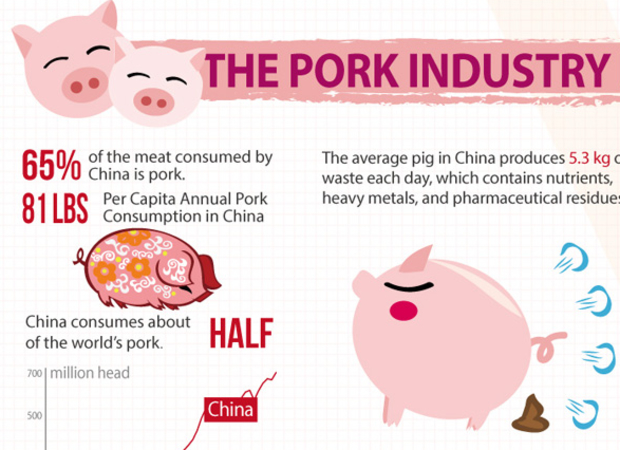
Infographic: China’s Pig Footprint
from chinadialogue
Meat invariably means pig in China, with pork accounting for 65% of the meat consumed in the country.And after last year's high-profile takeover of the U.S. pig giant Smithfield by Shuanghui International, since renamed the WH Group, the...
ChinaFile Recommends
02.20.14The World’s Second Biggest Consumer
Economist
Based on The Economist's calculations, China outpaced Japan as the world’s second-biggest consumer economy last year.
ChinaFile Recommends
08.12.13Is the Shark-Fin Trade Facing Extinction?
Atlantic
China’s embrace of conspicuous consumption has manifested itself at the dinner table. One item, more than any other, has possessed the power to confer face and status upon the host: shark fin soup.
Reports
03.29.13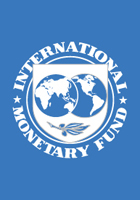
China’s Path to Consumer-Based Growth
Luo Xiaoyuan
International Monetary Fund (IMF)
This paper proposes a possible framework for identifying excessive investment. Based on this method, it finds evidence that some types of investment are becoming excessive in China, particularly in inland provinces. In these regions, private...
ChinaFile Recommends
01.13.13Breathing in Beijing: Coping with China’s Smog
New York Times
Were the Chinese cement industry a country, it would be the sixth biggest emitter of carbon dioxide in the world.
ChinaFile Recommends
12.10.12China Trade Slowdown Shows Xi Must Fuel Consumption
Bloomberg
The new Communist leaders must reduce China’s reliance on exports to sustain expansion as the country faces a wealth gap that runs a risk of fomenting social unrest.
ChinaFile Recommends
11.16.12China's 'Affluent' Population to Hit 280 Million by 2020
Wall Street Journal
As China tries to shift from a manufacturing-based economy to one driven by consumption, it hopes to double its consumer base.
ChinaFile Recommends
09.27.12China’s Wealthiest: When Getting Rich Is Not Glorious
Economist
Each year around this time, the Hurun Report, a Shanghai-based luxury publishing and events group, releases its compiled list of China’s wealthiest people. The report not only satisfies the prurient interest of those fascinated with the lifestyles...
Reports
04.01.10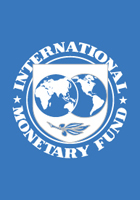
Determinants of China’s Private Consumption: An International Perspective
International Monetary Fund (IMF)
Gauges the key determinants of China's private consumption in relation to GDP using data on the Chinese economy and evidence from other countries' experiences. The results suggest there is nothing "special" about consumption in...
Reports
01.01.10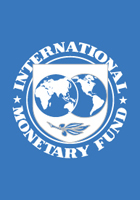
China: Does Government Health and Education Spending Boost Consumption?
International Monetary Fund (IMF)
Consumption in China is unusually low and has continued to decline as a share of GDP over the past decade. A key policy question is how to reverse this trend, and rebalance growth away from reliance on exports and investment and toward consumption...
Reports
06.01.08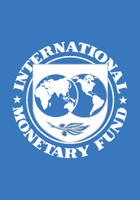
Why Are Saving Rates of Urban Households in China Rising?
International Monetary Fund (IMF)
From 1995 to 2005, the average urban household saving rate in China rose by 7 percentage points, to ¼ of disposable income. The authors use household-level data to explain the postponing of consumption despite rapid income growth. Saving rates have...
Reports
12.01.07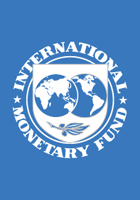
High Growth and Low Consumption in East Asia: How to Improve Welfare While Avoiding Financial Failures
International Monetary Fund (IMF)
This paper analyzes certain policies that are typical of a number of rapidly growing East Asian countries in which a fixed exchange rate, combined with a surplus labor market, has made domestic assets relatively inexpensive, generating high rates of...
Reports
07.01.07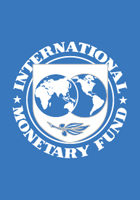
Explaining China's Low Consumption: The Neglected Role of Household Income
International Monetary Fund (IMF)
The Chinese government has recently focused on the need to increase consumption to rebalance the economy. A widely held view is that despite China's remarkably high growth, the share of consumption in total expenditure has been low and...
Reports
12.01.06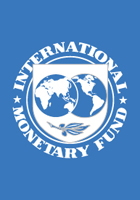
Rebalancing China's Economy: What Does Growth Theory Tell Us?
Sara Segal-Williams
International Monetary Fund (IMF)
This paper uses the standard one-sector neoclassical growth model to investigate why China's consumption has been low and investment high. It finds that the low cost of capital has been quantitatively an important factor. Theory predicts that...



